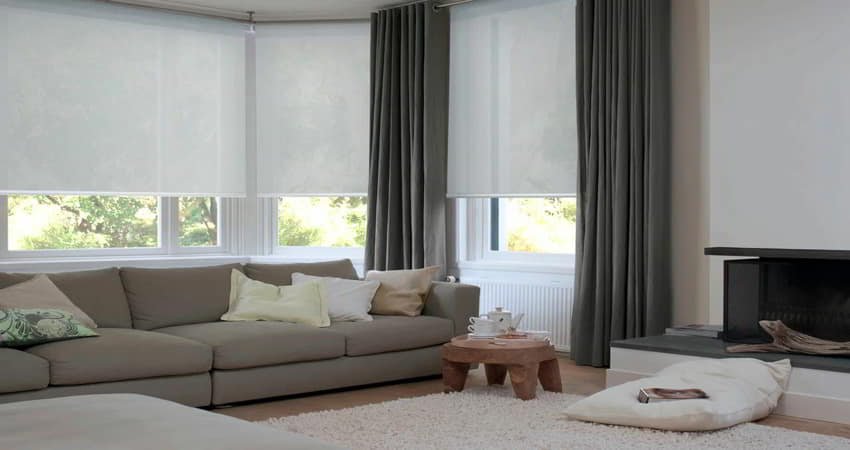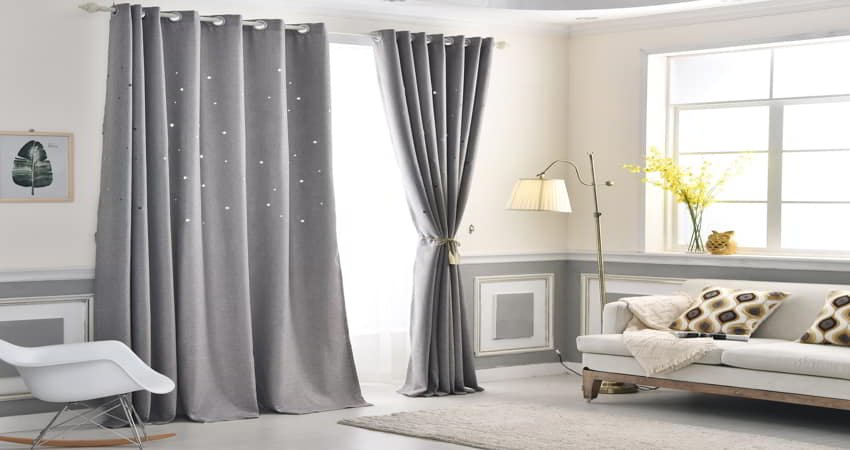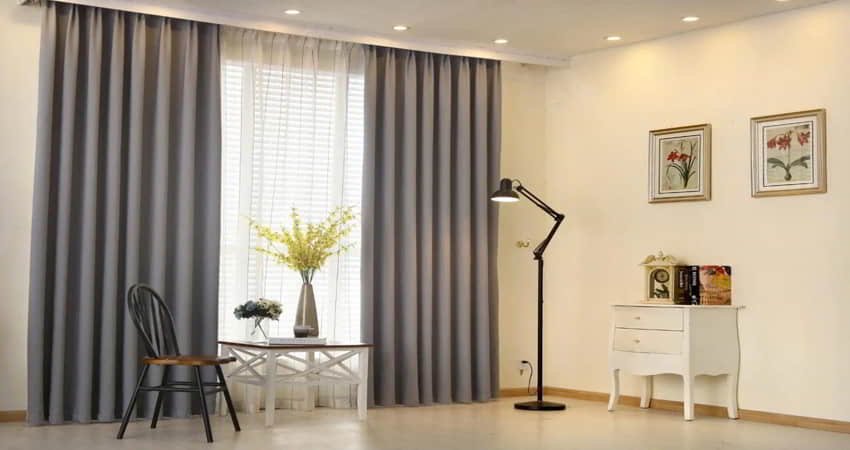When it comes to home decor, curtains often go overlooked, but they play a powerful role in setting the mood, style, and visual harmony of a room. One of the most common questions homeowners and renters alike ask is: Should curtains touch the floor? The short answer? It depends on the look you’re going for, the functionality you need, and the type of space you’re decorating.
In places like Abu Dhabi, where style meets innovation, more people are investing in tailor-made curtain solutions that blend both elegance and practicality. This is why curtains Abu Dhabi retailers offer such a wide range of styles, fabrics, and lengths—because there’s no one-size-fits-all answer. Let’s explore the reasons why your curtains should or shouldn’t touch the floor, and how to make the right choice for your space.
The Classic Look: Floor-Length Curtains
In interior design, floor-length curtains are often the gold standard. They create the illusion of height, add drama, and help elongate the room visually. This style works especially well in formal spaces such as living rooms, dining rooms, and master bedrooms. Floor-length curtains can either kiss the floor” to just barely touch the floor for a crisp, tailored look. or ”Puddle on the floor”, extending past the floor and piling slightly, offering a romantic, relaxed, or vintage feel. There is also the style of ”Float above the floor” which ends half an inch or so above the ground—great for practicality while still looking refined. Each of these variations offers a different vibe, so consider how formal or casual you want your space to feel.
When It’s Best to Avoid Floor-Length Curtains
While full-length curtains are beautiful, they may not always be the best choice. In high-traffic areas, kitchens or bathrooms, having curtains that drag or touch the floor can be impractical or unhygienic. Floor-length drapes in these areas can collect dust, trap moisture, or get in the way of furniture placement. Instead, consider sill-length or apron-length curtains that end just at or below the window frame. These still add softness and style to the room, but with easier maintenance and better functionality.
Function vs. Fashion: What’s Your Priority?
If you’re trying to decide on curtain length, think about what’s more important in the room—looks or practicality. Fashion-forward designs are the ones that let you choose floor-length curtains that either kiss or puddle on the floor. Functionality is to opt for curtains that float slightly above the floor or stop at the windowsill. There’s no “wrong” choice for the curtains touching the floor. You just have to choose the one style that best suits your lifestyle and the needs of each room.
Light, Airy, and Elegant: Sheer Curtains
 If you want to add softness to a space without blocking too much light, sheer curtains are a wonderful option. They look stunning when they reach all the way to the floor, as the gentle folds of sheer fabric help to create a breezy, luxurious feel. In living rooms, dining spaces, or sunrooms, sheer curtains that touch the floor can filter in natural light while maintaining privacy. When paired with heavier drapes or layered with blinds, they become even more versatile.
If you want to add softness to a space without blocking too much light, sheer curtains are a wonderful option. They look stunning when they reach all the way to the floor, as the gentle folds of sheer fabric help to create a breezy, luxurious feel. In living rooms, dining spaces, or sunrooms, sheer curtains that touch the floor can filter in natural light while maintaining privacy. When paired with heavier drapes or layered with blinds, they become even more versatile.
Heavier Fabrics and Practical Choices: Blackout Curtains
On the flip side, blackout curtains are best known for their functionality. They’re ideal for bedrooms, nurseries, home theaters, or any room where light control and insulation are key. And yes, the general rule applies—blackout curtains are most effective when they touch the floor. That’s because floor-length blackout curtains help create a tighter seal around your windows, preventing unwanted light leaks and even helping to reduce outside noise. To maintain a clean and structured appearance, many homeowners prefer the “kissing the floor” method with blackout curtains—just enough to ensure coverage without dragging.
Fabric Type Matters
 Whether your curtains should touch the floor also depends on the type of fabric you choose. There are heavier fabrics like velvet or thick blackout materials – they tend to hang straighter and benefit from precise floor-length placement. Lighter fabrics like linen or cotton can be more lightweight and look great when slightly floating or gently puddled. The weight and texture of the curtain will affect how it drapes, so always test a sample before deciding on the final length.
Whether your curtains should touch the floor also depends on the type of fabric you choose. There are heavier fabrics like velvet or thick blackout materials – they tend to hang straighter and benefit from precise floor-length placement. Lighter fabrics like linen or cotton can be more lightweight and look great when slightly floating or gently puddled. The weight and texture of the curtain will affect how it drapes, so always test a sample before deciding on the final length.
Curtain Lengths and Room Types
Here is a quick table guide to help you match curtain lengths with some common room types. This will let you choose the right curtain hanging style, such as how much the curtain should touch the floor.
| Living Room | Floor-length (kiss or float) |
| Bedroom | Floor-length (kiss or puddle) |
| Kitchen | Sill-length or apron-length |
| Bathroom | Sill-length |
| Home Office | Floor-length or float above the floor |
| Dining Room | Floor-length (kiss or puddle) |
Final Thoughts
Ultimately, there’s no strict rule about whether curtains must touch the floor. It all comes down to your taste, lifestyle, and the specific demands of your space. Floor-length curtains offer elegance and drama, while shorter lengths provide functionality and ease of maintenance.
When in doubt, go for what makes you feel most at home. Whether you love the clean lines of floating curtains or the romantic sweep of puddled ones, make your choice with confidence—and let your window treatments set the tone for your entire space.






